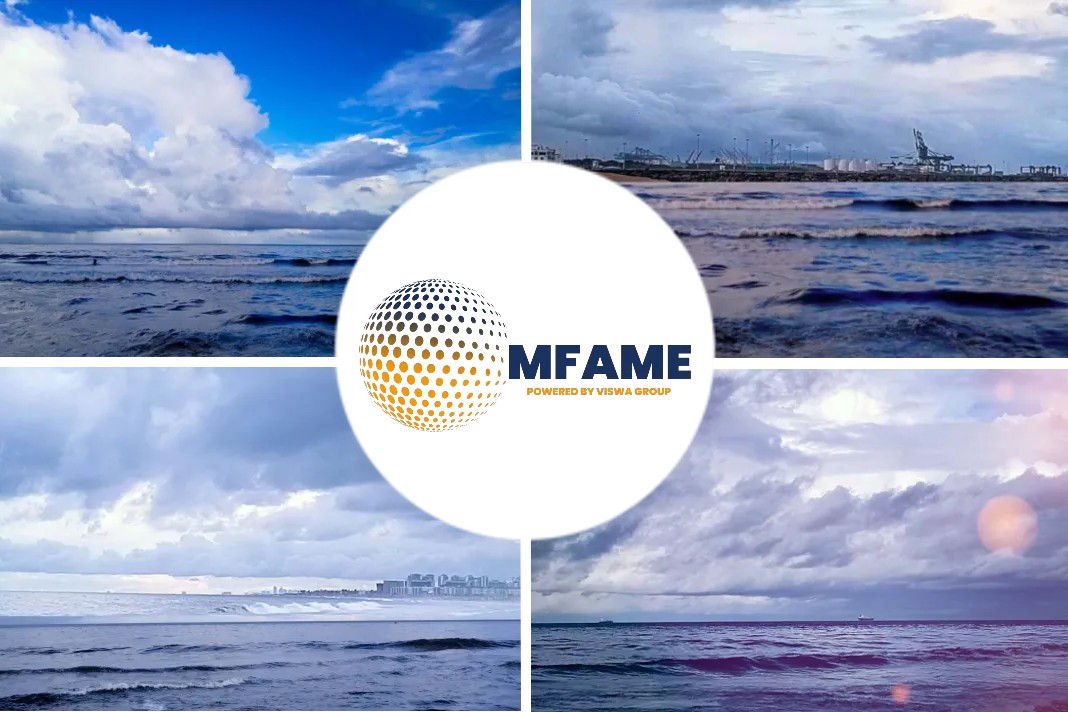With 22 of the 24 crew members of the very large ore carrier STELLAR DAISY still missing, many in the shipping industry have been asking why the vessel reportedly split and sank after taking on water following a hull crack 2,000 miles off Uruguay, reports Maritime Accident.
Fine weather conditions
Two empty lifeboats and a liferaft, ship’s debris and surface fuel oil are reported to have been found in the vicinity of her last known position. SAR efforts continue with the help of four merchant vessels.
The vessel was carrying iron ore from Brazil to China when it disappeared at about 02.52 GMT, 11.53 local time, on 31 March some 350 nautical north-west off Tristan Da Cunha reportedly under fine weather conditions.
Is Liquefaction the reason?
It is understood that liquefaction played a key role in the capsize, investigations are at a very early stage but the suddenness of the disappearance, the lack of survivors and the empty LSAs are typical of liquefaction-induced capsize.
Port State Control examinations suggest that the 24-year-old vessel had a fairly clean bill of health with no detentions although Chinese PSC authorities identified two deficiencies related to water-tight doors, which investigators will be studying.
What is Liquefaction?
Liquefaction is the phenomenon by which, under certain circumstances, a dry bulk cargo typically an ore, and often iron ore fines, behaves like a liquid.
When the vessel rolls to one side the liquefied cargo moves to the lower side of the vessel, then lock in place as a mass, producing a list.
An opposite roll can re-liquefy the cargo. One may have as little as 90 seconds to identify and mitigate the problem before it becomes irrecoverable.
It is a natural response to deal with a list by transferring ballast to tanks on the opposite side of the list. Doing so, however, can cause the cargo to re-liquefy and worsen the situation into a sort of slow-motion free surface water effect.
Investigation into the incident
Investigators will be examining the water content of the ore in the cargo holds and so forth.
A further area of investigation will look at the possibility of catastrophic hull failure due to uneven loading.
Timeline of the Vessel’s transit
At this moment, in the absence of a VDR we cannot have full insight into the decisions made on the bridge.
- We know that at 23.03 Seoul time (02.03 GMT, 11.03 Uruguay) the vessel sent a normal email report. Some 17 minutes later, at 23.20 Seoul time, using a dedicated SMS system, the vessel sent an emergency call.
- Efforts were made to contact the vessel without success. The vessel’s EPIRB was triggered at 23.52 Seoul time, suggesting that the vessel had already foundered at that time.
Two DSC alerts were apparently triggered three minutes apart but the timing of these is unclear.
Survivors of the incident
It is known that the master ordered the crew to don life jackets in view of the serious list. Beyond that, little is known, and the fact that, to date, there are only two survivors, is worrying.
Did you subscribe to our daily newsletter?
It’s Free! Click here to Subscribe!
Source: Maritime Accident























